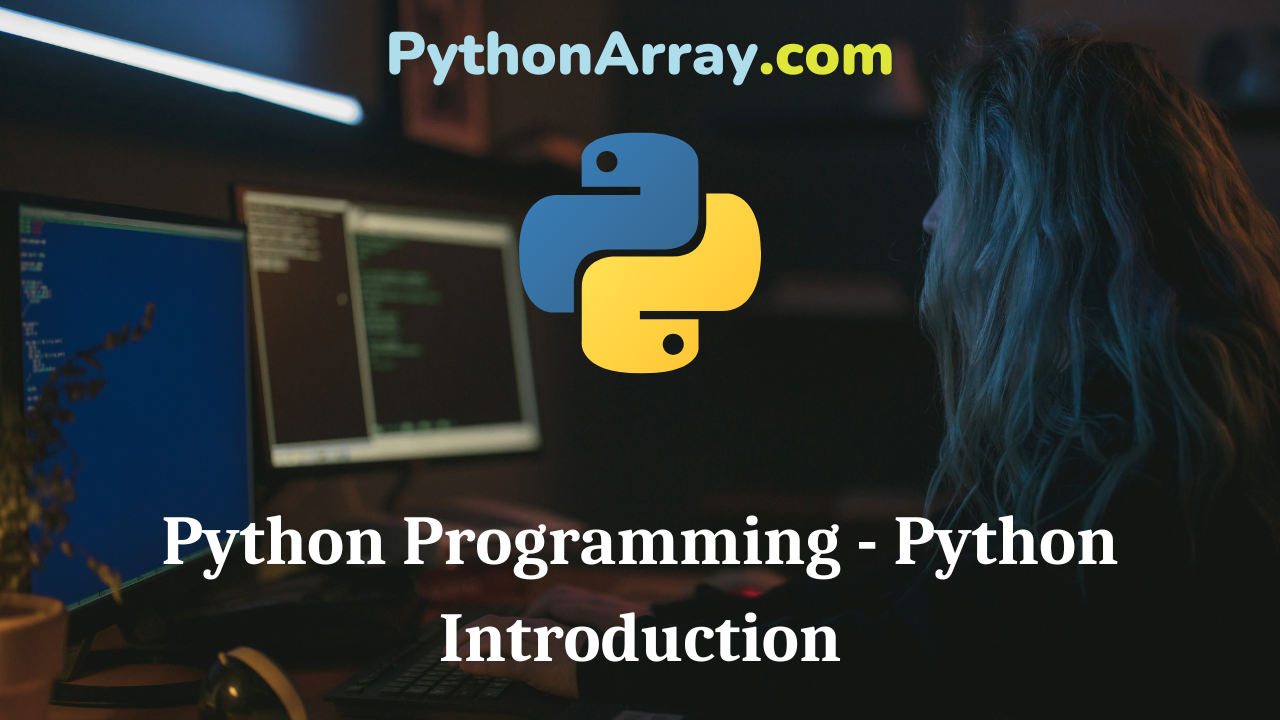You can learn about Introduction to Python Programming Programs with Outputs helped you to understand the language better. Python Programming – Python Introduction Python is a powerful high-level, interpreted, interactive, and object-oriented scripting language. It was designed to be easily readable; it uses English keywords frequently whereas other languages use punctuation. It has fewer syntactical constructions than other languages. It has a simple easy-to-use syntax to learn computer programming. Recommended Reading On: Computer Organization and Architecture Handwritten Notes Python Programming – Introduction to Python Interpreter and Program Execution Introduction to Python Programming – Interpreter Python Programming – Introduction to Programming Features of Python Language (a) Python is Interpreted: This means that it is processed at runtime by the interpreter, and you do not need to compile your program before executing it. Interpreted languages run directly from source code that humans generate whereas programs written in compiled languages, like C++, must be translated into machine code before they can be executed. Python is considered an interpreted language because Python programs are executed by an interpreter. (b) Python is Interactive: This means that you can actually work at a Python prompt and interact with the interpreter directly to execute your programs and get…
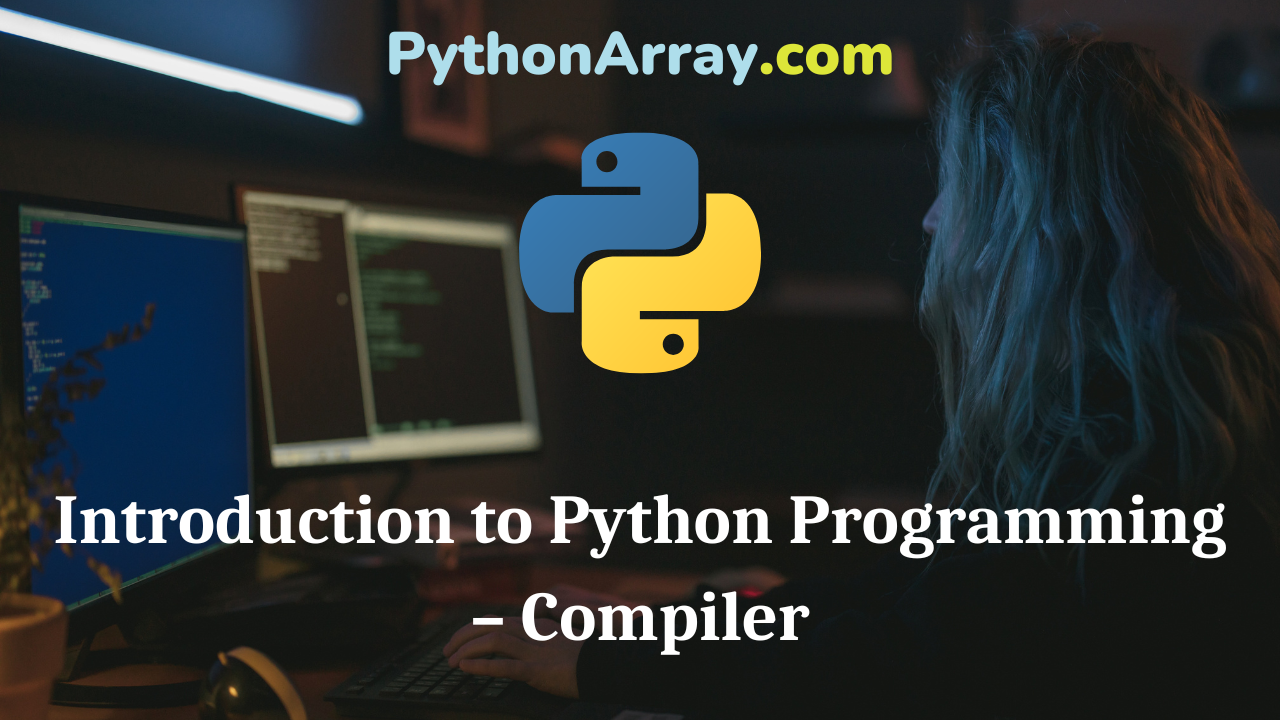
Introduction to Python Programming – Compiler
You can learn about Introduction to Programming Using Python Programs with Outputs helped you to understand the language better. Introduction to Python Programming – Compiler Compiler A program that translates a high-level language program into a machine language program is called a compiler. It checks all kinds of limits, ranges, errors, etc. But its program execution time is more and occupies a larger part of the memory. It has slow speed and low efficiency in memory utilization. If a compiler runs on a computer for which it produces the object code, then it is known as a self or resident compiler. If a compiler runs on a computer other than that for which it produces object code, then it is called a cross-compiler. The process of producing an object program using a compiler is called compilation. After compilation, you get a file known as an object file which is in machine language. There are two steps in executing a program, the compilation phase and the execution phase. The compilation is required to detect syntax and semantic errors in a program. The compiler converts the program into machine language so that it can execute the program on the machine. (See Figure 1.4). Python…
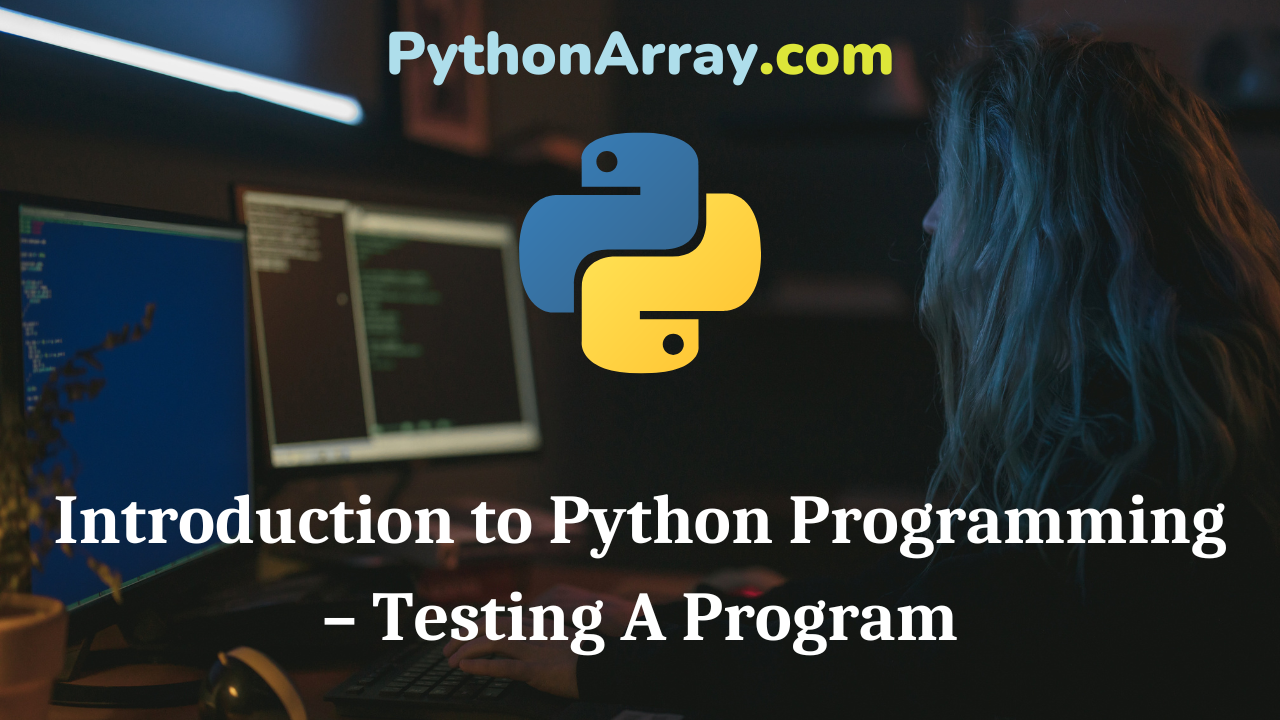
Introduction to Python Programming – Testing A Program
You can learn about Introduction to Programming Using Python Programs with Outputs helped you to understand the language better. Introduction to Python Programming – Testing A Program Testing A Program In order to completely test a program logic, the test data must test each logical path of the program. Hence, the selection of proper test data is very important in program testing. In general, the test data selected for testing a program should include: a. Normal data, which will test the generally used program paths. b. Unusual but valid data, which will test the program paths used to handle exceptions. Such data might be encountered occasionally while running the program. c. Incorrect, incomplete, or inappropriate data, which will test the error-handling capabilities of the program. This is done in order to see how the program reacts in abnormal and unusual circumstances. If a program runs successfully with the test data and produces correct results, it is normally released for use. However, even at this stage, errors may remain in the program. In the case of complex systems, there may be thousands of different possible paths through which the program is to be tested, and it may not be practical to trace through…

Python Programming – Statements
You can learn about Operators in Python Programs with Outputs helped you to understand the language better. Python Programming – Statements A Python statement is an instruction or a unit of code that the Python interpreter can execute. In computer language, complete command is called a statement. Examples of the statement are: >>> print(12 + 15) . 27 This is because you told the system to print the result of the expression 12 + 15, which is a complete statement. However, if you type : >>> print(12 +) you will get a syntax error. Other statements could be the following: >>> print (“Welcome to the world of Python”) Welcome to the world of Python >>> print(“Sum of 2 + 5 = “, 2+5) Sum of 2 + 5 = 7 Python Programming – How To Start Python Python Programming – Variable Python Programming – Using Comments The first statement asks Python to display string literal Welcome to the world of Python. In the second print statement, Python prints the part within quotes “Sum of 2 + 5 = ” followed by the result of adding 2 + 5, which is 7. To print multiple items on the same line, separate them with…
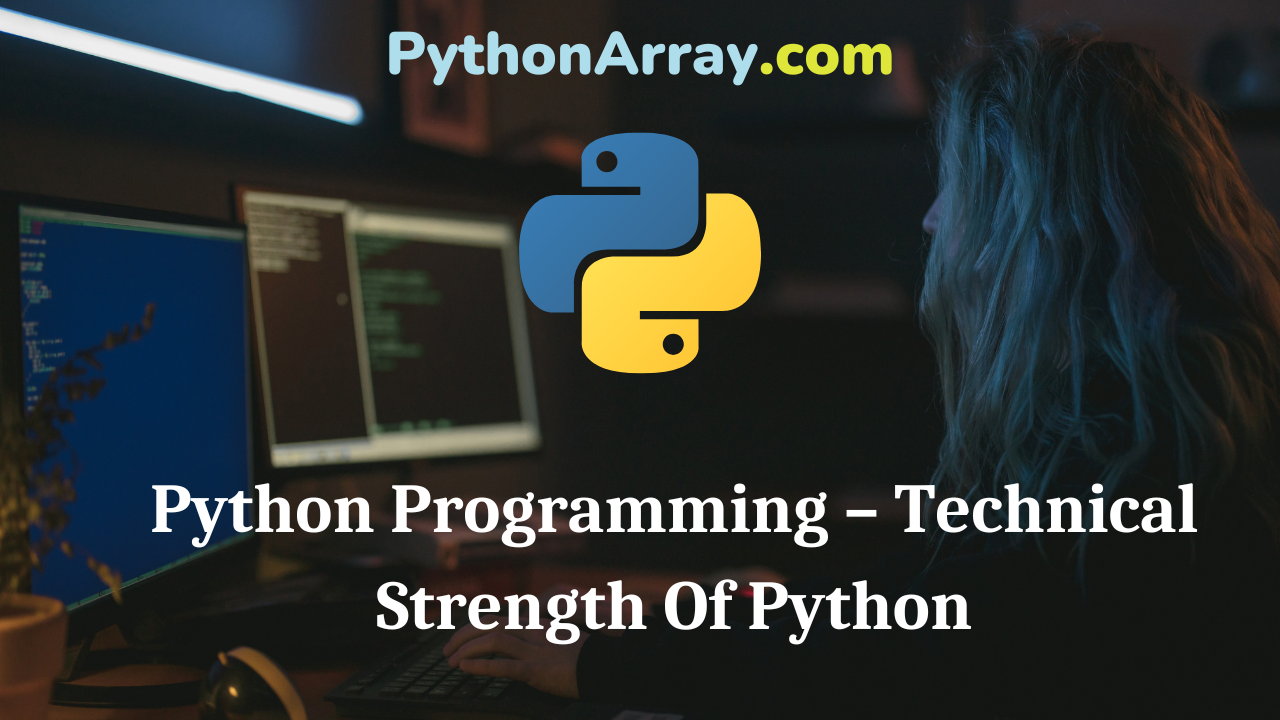
Python Programming – Technical Strength Of Python
You can learn about Introduction to Python Programming Programs with Outputs helped you to understand the language better. Python Programming – Technical Strength Of Python Python has the following technical features: (a) Easy-to-learn, Use and Read: Python has relatively few keywords, a simple structure, and a clearly defined syntax. So, it is easy to learn and use. To run a Python program, you simply type it and execute it. There are no intermediate compile and link steps as there are for languages such as C or C++. Python executes pro¬grams immediately. Python code is much more clearly defined and visible to the eyes. So, programs written in Python are easily readable and understandable. (b) Easy-to-maintain: Python is successful as its source code is fairly easy-to-maintain. It can be used as a scripting language or can be compiled to byte-code for building large applications. (c) A Wide Standard Library: One of Python’s greatest strengths is the availability of the bulk of the library with add-on modules present. It is very portable and cross-platform i.e., compatible with UNIX, Windows, and Macintosh. (d) Interactive Mode: It supports an interactive mode in which you can enter results from a terminal right to the program, allowing interactive…
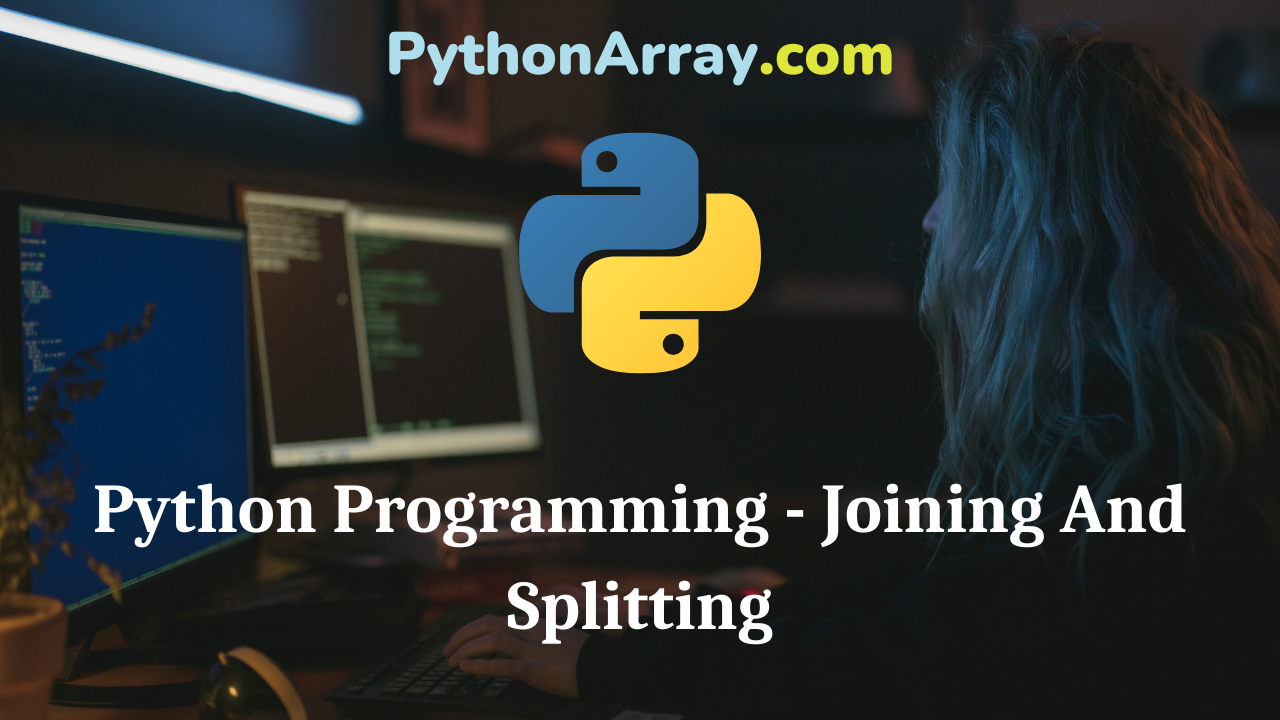
Python Programming – Joining And Splitting
Python Programming – Joining And Splitting Joining(concatenation) of arrays means combining multiple arrays into one and splitting of arrays means splitting one array into many. Concatenation, or joining of two arrays in NumPy, is primarily accomplished using the routines np. concatenate, np.stack, and np.stack. np. concatenate takes a tuple or list of arrays as its first argument. Example Demo of concatenation. # Concatenation import numpy as np x = np.array([1, 2, 3]) y = np.array([5, 6, 7]) z=np.concatenate([x, y]) print(z)RUN >>> [1 2 3 5 6 7] >>> Python Programming – Introduction To Numpy Python Programming – Arithmetic Operations On Array Python Programming – Array Creation You can also concatenate more than two arrays at once. In addition to the concatenation function, Numpy also offers two convenient functions stack(horizontal stack) and stack(vertical stack) which allows you to concatenate two multi-dimensional arrays vertically or horizontally. (See Figure 13.24). Example Demo of vstack and hstack functions. import numpy as np a = np.array([[1,2,30], [10,15,4]]) b = np.array([[1,2,3], 112, 19, 29]]) print(“Arrays vertically concatenated\n”,np.vstack((a,b))) print(“Arrays horizontally concatenated\n”,np.hstack((a,b)))RUN >>> Arrays vertically concatenated [ [ 1 2 30] [10 15 4] [12 3] [12 19 29] ] Arrays horizontally concatenated [ [ 1 2 30…
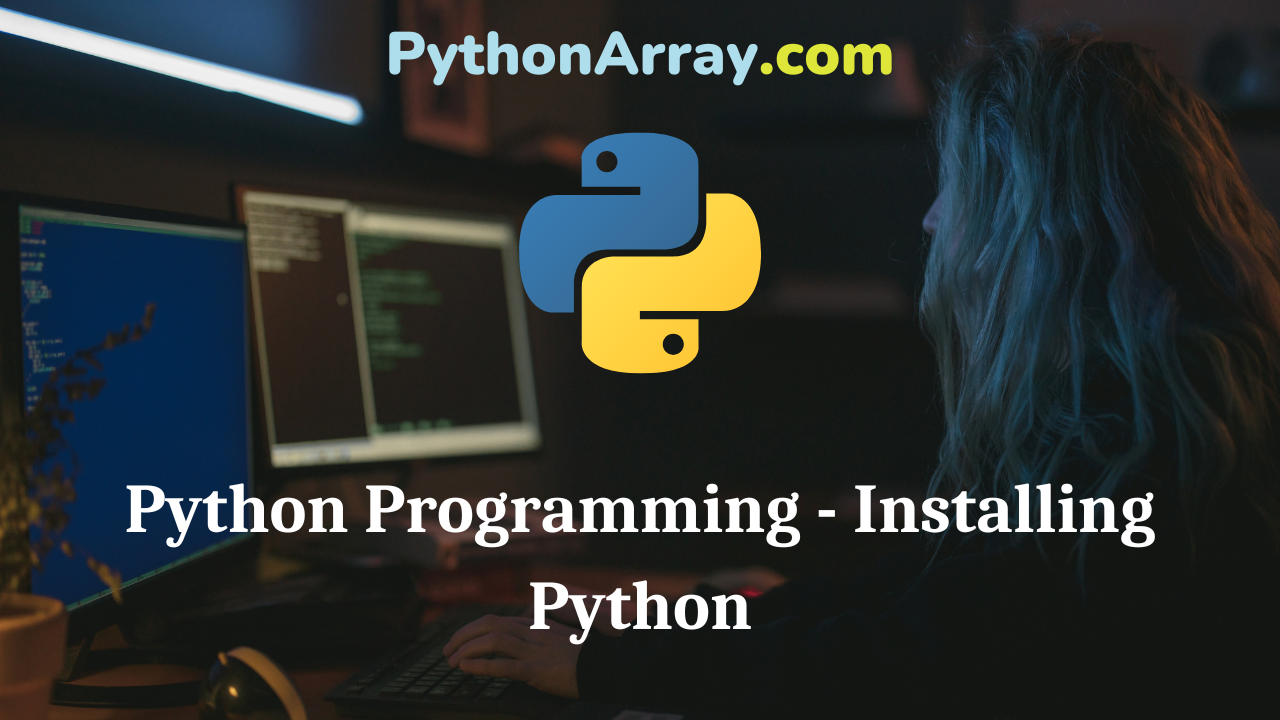
Python Programming – Installing Python
Python Programming – Installing Python Python distribution is available for a wide variety of platforms. You need to download only the binary code applicable to your platform and install Python. You need a C compiler to compile the source code manually if the binary code for your platform is not available. The installation of Python at various platforms like Unix and Linux is given as follows Unix and Linux Installation Here are the simple steps to install Python on Unix/Linux machine. Open a Web browser and go to http://www.pvthon.org/download/ as presented in Fig. 1.1. Follow the link to download the zipped source code available for Unix/Linux. Download and extract files. Edit the Modules/Setup file if you want to customize some options. run ./configure script ‘ make make install. This will install python in a standard location /usr/local/bin and its libraries dX/usr/local/lib/pythonXX where XX is the version of Python that you are using. Download and Install Python How to Install Django on Windows, Mac and Linux Using the Python Interpreter Windows Installation Here are the steps to install Python on a Windows machine. Open a Web browser and go to http://www.pvthon.org/download/ as shown in Fig 1.1. Follow the link for the…
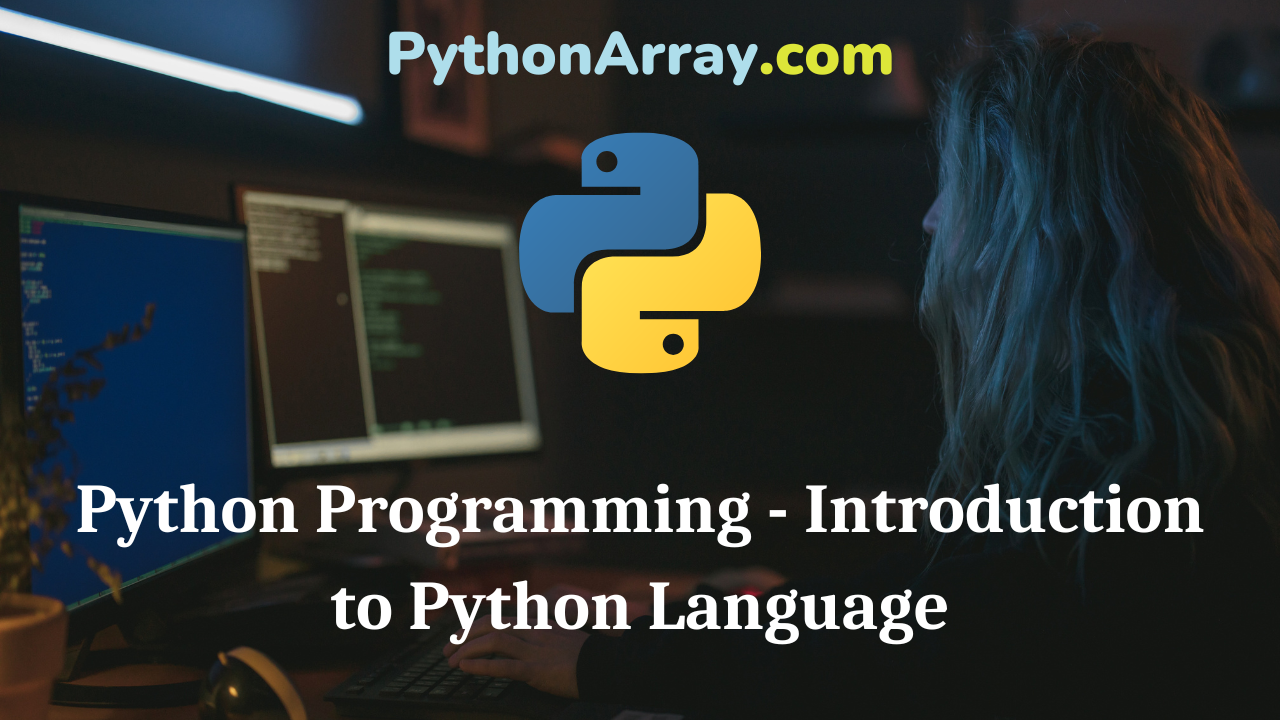
Python Programming – Introduction to Python Language
Python Programming – Introduction to Python Language We see that computers are capable of solving numerous problems in the real world. The problems can be as simple as multiplying two numbers or as cumbersome as designing and launch a space shuttle. This would be incorrect to assume that the computer can do all the tasks on its own. Any problem whose solution is not identified cannot be solved by a computer. The computer merely works on the set of instructions given to it by a programmer. If the computer does not understand the instructions then errors may occur and a solution cannot be obtained. Therefore, it is the keen responsibility of the programmer to devise a solution by giving correct instructions to the computer. Programming Language In order to solve a problem using a computer, the programmer writes the instructions which are understandable by the computer. The computer understands only digital data either ‘0’ or ‘ 1’. The most basic language is the machine language that uses binary ‘0’ and ‘1’, which a computer can understand and execute very fast without using any translator (compiler or interpreter). However, it is quite difficult to code a program in machine language. High-level…
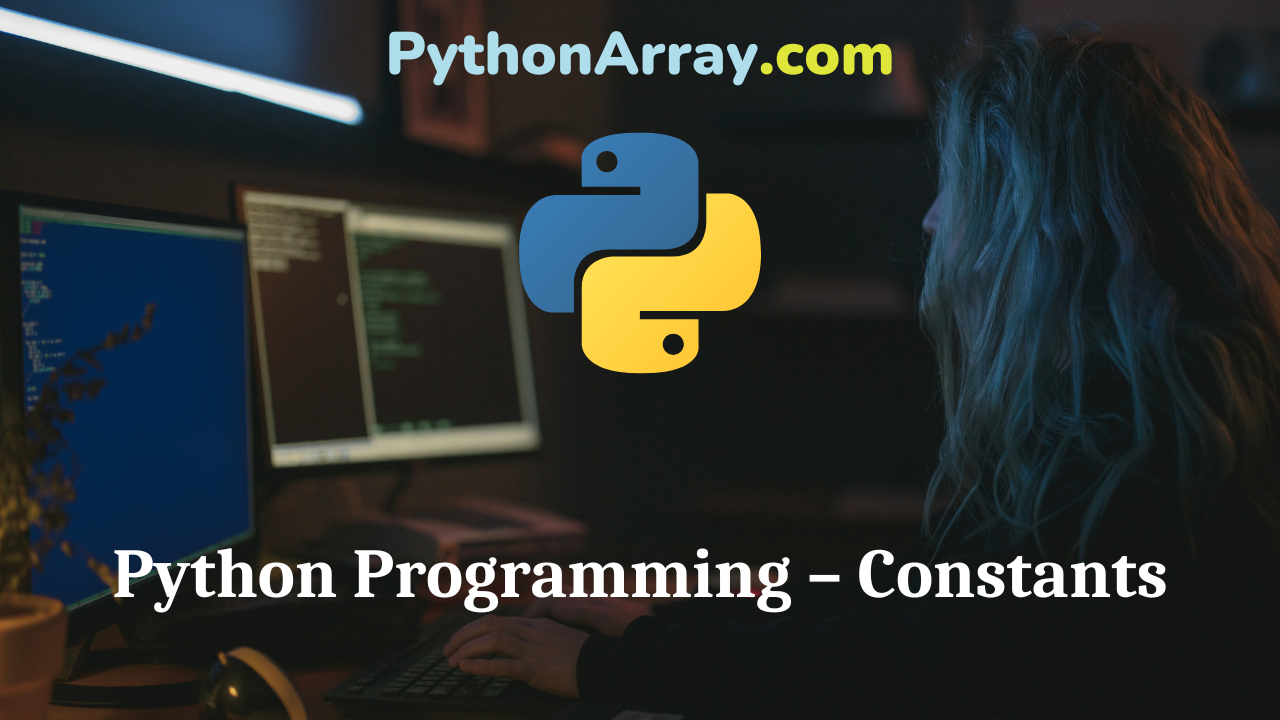
Python Programming – Constants
You can learn about Introduction to Python Programming Programs with Outputs helped you to understand the language better. Python Programming – Constants Constants are the items that represent values directly and whose values cannot be changed during the execution of the program. Fixed values such as numbers, letters, and strings are called constants because their value does not change. String constants use single-quotes (‘) or double-quotes ( ” ). For example: >>> print(123) 123 >>> print(98.6) 98.6 >>> print(‘Hello world’) Hello world >>> VOWELS = “aeiou” Variable name in all caps is called constant and refers to the value that is not meant to change (i.e., their value is constant). Python Programming – Literals Python Programming – Creating a Simple “Hello World” Program Python Programming – Using Comments Let’s Try What will be the output of the following print state-ments? >>> print ( 63 ) >>> print ( 75.5 ) >>> print ( ‘ Hello! How are you? ‘ ) >>> name = ” Shiva ” >>> print ( name ) Constants are valuable to programmers in two ways: (a) They make the program clearer. Here, the variable name VOWELS can be used anywhere you need the sequence of vowels instead of…
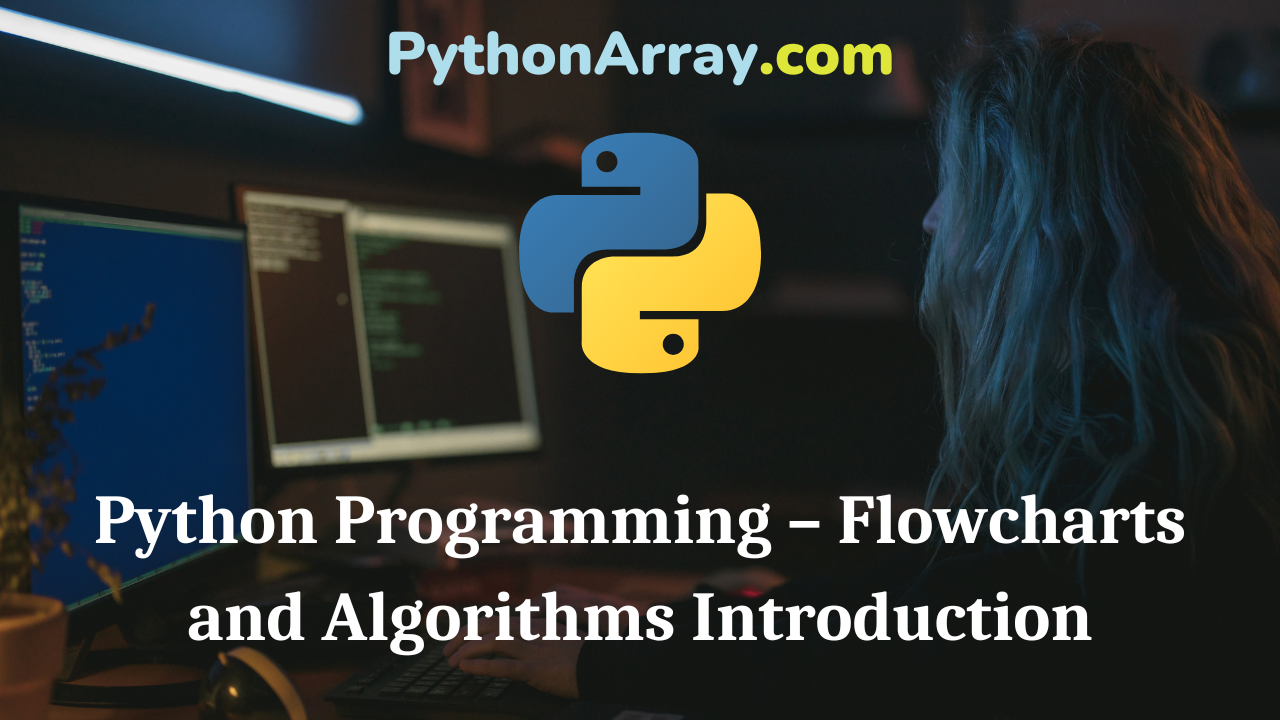
Python Programming – Flowcharts and Algorithms Introduction
You can learn about Flowcharts and Algorithms in Python Programs with Outputs helped you to understand the language better. Python Programming – Flowcharts and Algorithms Introduction Introduction A flowchart is a graphical representation of an algorithm. It shows different subtasks with different symbols. A few symbols are needed to indicate the necessary operations in the flowchart. These symbols have been standardized by the American National Standards Institute (ANSI). These symbols are shown in Figure 2.1, and their functions are dis¬cussed below. Terminal The terminal symbol is used to indicate the starting (BEGIN) and stopping (END) in the logic flow of a program. It is the first and also the last symbol in the program logic. Introduction to Python Programming – Flowcharts Introduction to Python Programming – The Basic Model Of Computation Introduction to Python Programming – Pseudocode Input/Output Input/output symbol is used to indicate input/output operations in the program. If there is a program instruction to input data from any type of input device, then that step will be indicated in the flowchart with the input/output symbol. Similarly, all output instructions are indicated in the flowchart with the input/output symbol. Processing The processing symbol is used to represent arithmetic and data…
